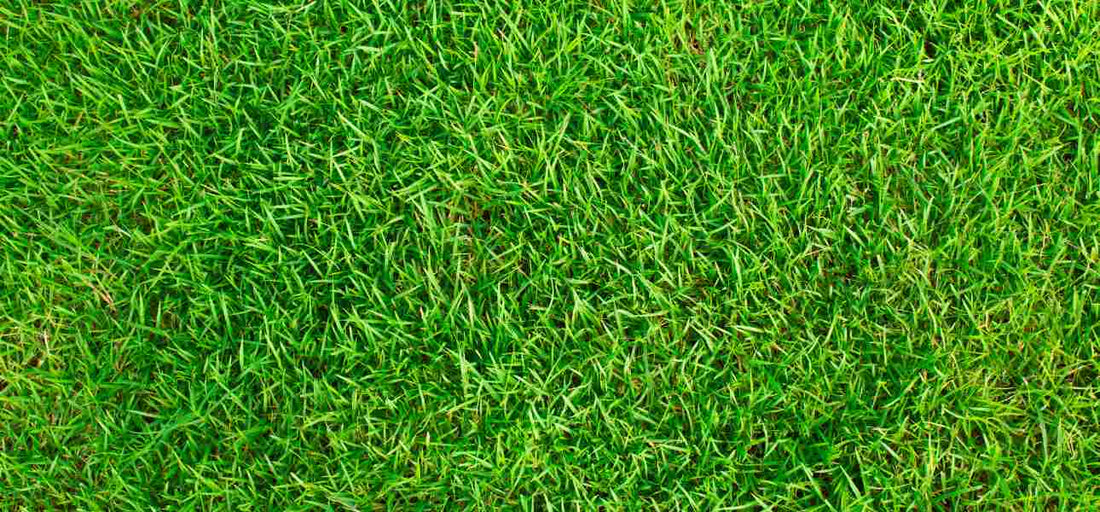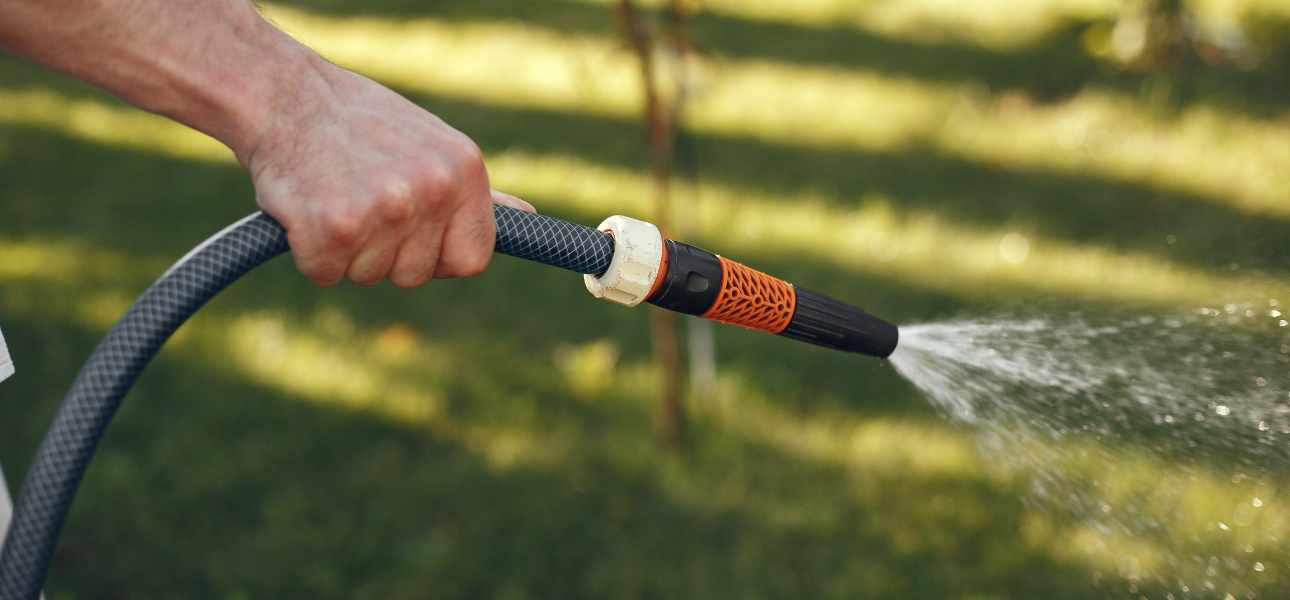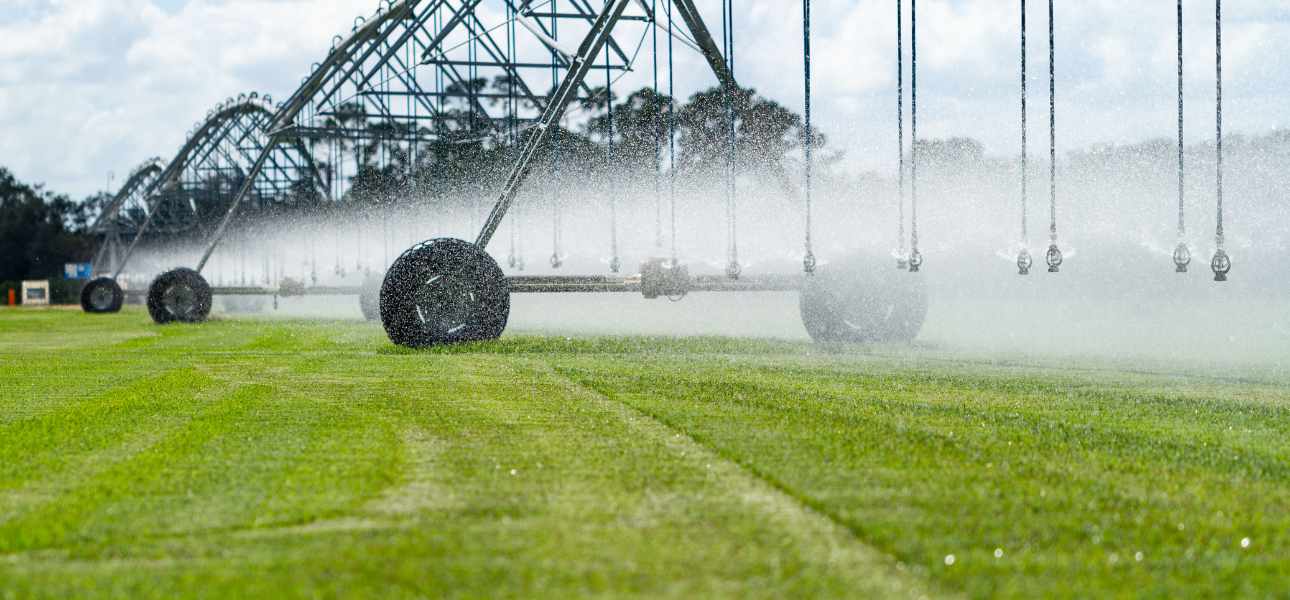
Can You Lay Dormant Sod During Winter in Florida?
Jamie TedderWhile spring is often considered the best time for laying sod, sod installation in the winter can also be successful with proper preparation. Contrary to common belief, laying sod in the winter when the grass is usually dormant is possible, particularly in Florida where we don't experience snowfall and the ground remains above-freezing temperatures. These conditions can facilitate effective sod installation and prepare your lawn for early spring green-up.
Why You Should Lay New Sod in Winter
In some situations, laying sod in winter becomes necessary, such as when moving into a newly constructed home with bare ground during the winter months. Installing dormant sod in winter helps prevent soil erosion. While the roots do not extensively grow during dormancy, the weight of the sod keeps the soil in place.
The Benefits of Laying Sod in the Winter
Warm-season grasses like Zoysia, St. Augustine, and Bermuda sod enter a dormant state when temperatures drop to 65 degrees F and lower. But, they should revive to their healthy, vibrant state when the weather warms up in spring.
When done properly, sodding dormant grass delivers some benefits, including providing a head start with establishment compared to spring sod installation. Although the grass may appear dormant—brown and seemingly dead—the roots continue to grow during the season. Because the grass is hibernating, it expends less energy on top growth, resulting in lower water and fertilizer requirements during establishment.

How to Install Dormant Sod
The process of laying sod in the winter isn't any different from laying sod in any other season — weeding and leveling the soil remain necessary to prepare the soil for sod installation and ensure green-up in the spring.
Lay the sod perpendicular to the slopes. When laying sod on a slope, lay the sod pallets perpendicular to the slope to help it stay in place.
Roll the newly installed sod. Run a sod roller across your lawn back and forth in a grid-like pattern. It will help remove air pockets, promote sod-to-soil contact, and prevent roots from drying out.
The only difference when installing dormant sod is aftercare. Avoid heavy foot traffic until the roots have developed. While dormant grass may need less water, occasional watering is still crucial to prevent desiccation. The dry weather in winter can stress the grass due to a lack of moisture.
5 Things to Consider When Laying Sod in the Winter
Below are some other considerations when laying sod in the winter season.
Soil still requires preparation when laying dormant sod.
Like in any other season, dormant sod requires the right soil conditions so it can establish its root system and absorb adequate nutrients once the weather becomes favorable for growth. Remove any existing grass in the area where you plan on installing sod. Till the soil to a depth of about 4-6 inches to loosen it and improve drainage.
Then, use a rake to level the soil, remove rocks and debris, and break up soil clumps. Although optional, a soil test determines the pH level of your soil and its nutrient content. These insights can be valuable in making the necessary amendments to adjust pH or increase soil fertility to provide optimal conditions for grass growth.
Water newly laid sod as necessary.
While dormant sod requires far less water than sod laid in spring or summer, watering adequately will determine how fast it will green up as the weather warms up. Water sod immediately after installation and throughout the winter to keep it moist until it takes root in spring.
However, pay attention to the water requirements every week. You'll want to water the sod on cold, dry windy days. This kind of weather can dry out the roots and desiccate your grass.
Dormant sod will root slowly in the winter season.
Sod remains dormant during winter and therefore will require more time to establish deep roots in the soil. Initially, the sod may appear brown and lifeless after installation. However, as the weather warms up in spring, the sod will start to take root even faster and eventually cover your lawn with lush, green grass.

Delay weed treatment until spring.
Newly laid sod is sensitive and can be easily damaged by herbicides. Avoid unnecessary damage to sod by refraining from applying herbicides until it is well-rooted in the spring. If winter weeds appear, remove them manually instead of using herbicides. We advise applying fungicides and weed control products only after the sod has established a strong root system to ensure its health and longevity.
You don't have to fertilize and mow in the winter.
When the grass is dormant, it cannot absorb nutrients effectively, and the fertilizer may simply sit in the soil, potentially damaging the grass or leaching into waterways. It explains why it is better to wait until spring when the grass is actively growing to apply fertilizer.
Similarly, there's no need to mow dormant grass that isn't actively growing. You can resume regular mowing practices once the grass begins to green up in spring and reaches a mowing height.

Enjoy a Green Lawn with Bethel Farms Sod
As spring rolls, your dormant sod will start to green up and begin to develop roots. During that transition, it will require more attention to watering until it is fully anchored to the soil. Here we have written the best practices for watering your lawn from establishment to maturity throughout different seasons.
Laying sod in the winter keeps your lawn ahead of the game. Once sod comes out of winter dormancy, you can enjoy a healthy, fresh, green lawn within the first few weeks of spring.
Bethel Farms Florida offers a wide range of high-quality, farm-fresh grass for sale, ideal for sod installation. Visit our website to explore our diverse options of warm-season grass, cultivated to help you achieve a beautiful lawn.
